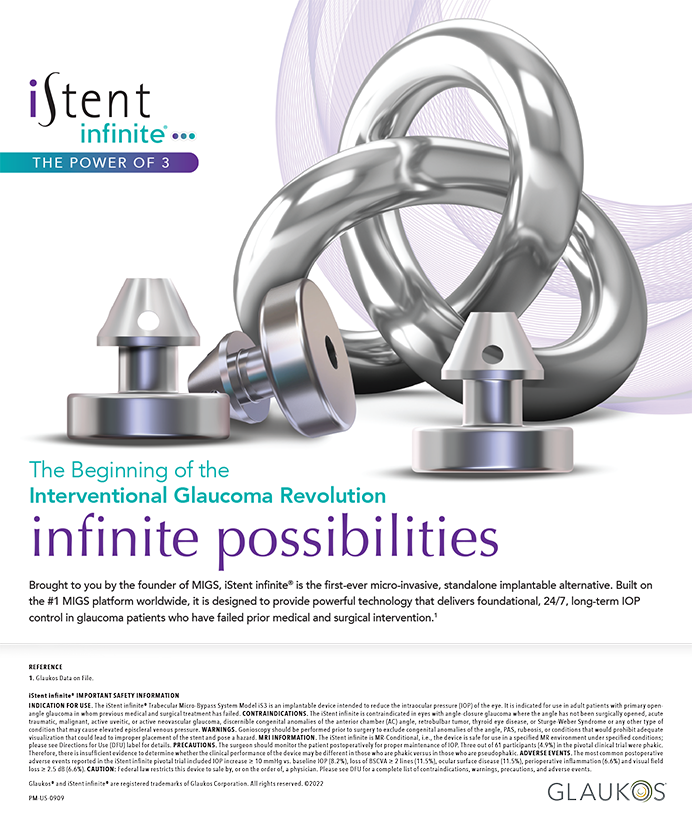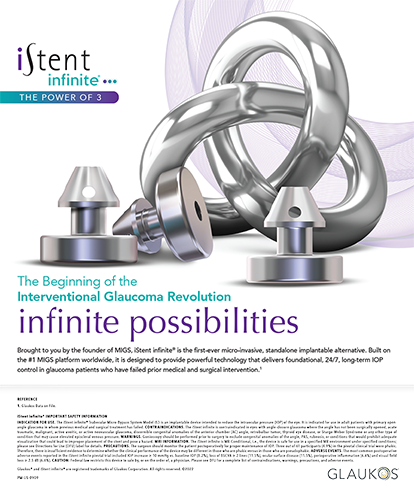
The earliest known celebration of May Day occurred in the Roman Republic era as a celebration of spring.1 Interestingly (at least to me), the procedure word mayday originated as a radio distress call in the early days of aviation because it was easy to articulate, made sense to English-speaking aviators, and served as a phonetic equivalent of the French phrase m’aider, meaning help me.2
All cultures seem to develop rituals based upon recurring seasonal events. Religious or secular holidays, major sporting events, festivals, weddings, and countless other celebrations have a distinct seasonality.
There is a seasonality to the typical ophthalmology practice as well. In academia, for instance, July means onboarding new residents and fellows. There is an evident seasonality to patient complaints of allergies, meibomian gland dysfunction, and dry eye disease as well as to the dysphotopsia complaints we hear from our IOL and LASIK patients due to seasonal differences in the onset of darkness.
Regular seasonal meetings punctuate the ophthalmology calendar. Spring typically means the annual ASCRS meeting, early fall means the ESCRS meeting, and late fall means that it’s usually time to head to Chicago, New Orleans, or San Francisco for the annual AAO meeting. Interspersed throughout the year are several smaller meetings, which take on a seasonality of their own.
To say that the COVID-19 pandemic has disrupted our typical seasonal rituals in ophthalmology would be an understatement. With the worldwide cancellation of a year’s worth of in-person meetings, many of us feel disconnected and perhaps even a bit underinformed. Industry members also feel frustrated by their inability to interact face-to-face with physicians. As we approach what appears to be a more normal future, the extent of the recent chaos is even more apparent.
It’s hard to beat the content on cataract and refractive surgery provided in these pages, and this month’s issue is no exception. CRST’s May edition focuses on clinical decision-making for IOL complications. Our goal is to give the reader insight into the thought processes of expert surgeons when they face tough situations. Much of the published clinical trial data for IOLs discusses what happens when things go right. This issue discusses what happens when things go wrong. For many of us, the importance of this publication has increased considerably while we have been in relative isolation. The next time you are in the OR and are ready to cry out “mayday!” some pearl of wisdom contained herein may guide you to a safe landing.
Steven J. Dell, MD | Chief Medical Editor
1. Pearse R. The festival of the Maiuma at Antioch. July 2, 2012. Accessed April 9, 2021. https://www.roger-pearse.com/weblog/2012/07/02/the-festival-of-the-maiuma-at-antioch/
2. Yorkshire Air Museum. It’s MayDay – but that means trouble for aviators. Yorkshire Air Museum. May 1, 2017. Accessed April 19, 2021. https://www.yorkshireairmuseum.org/latest-news/its-mayday-but-that-means-trouble-for-aviators/




